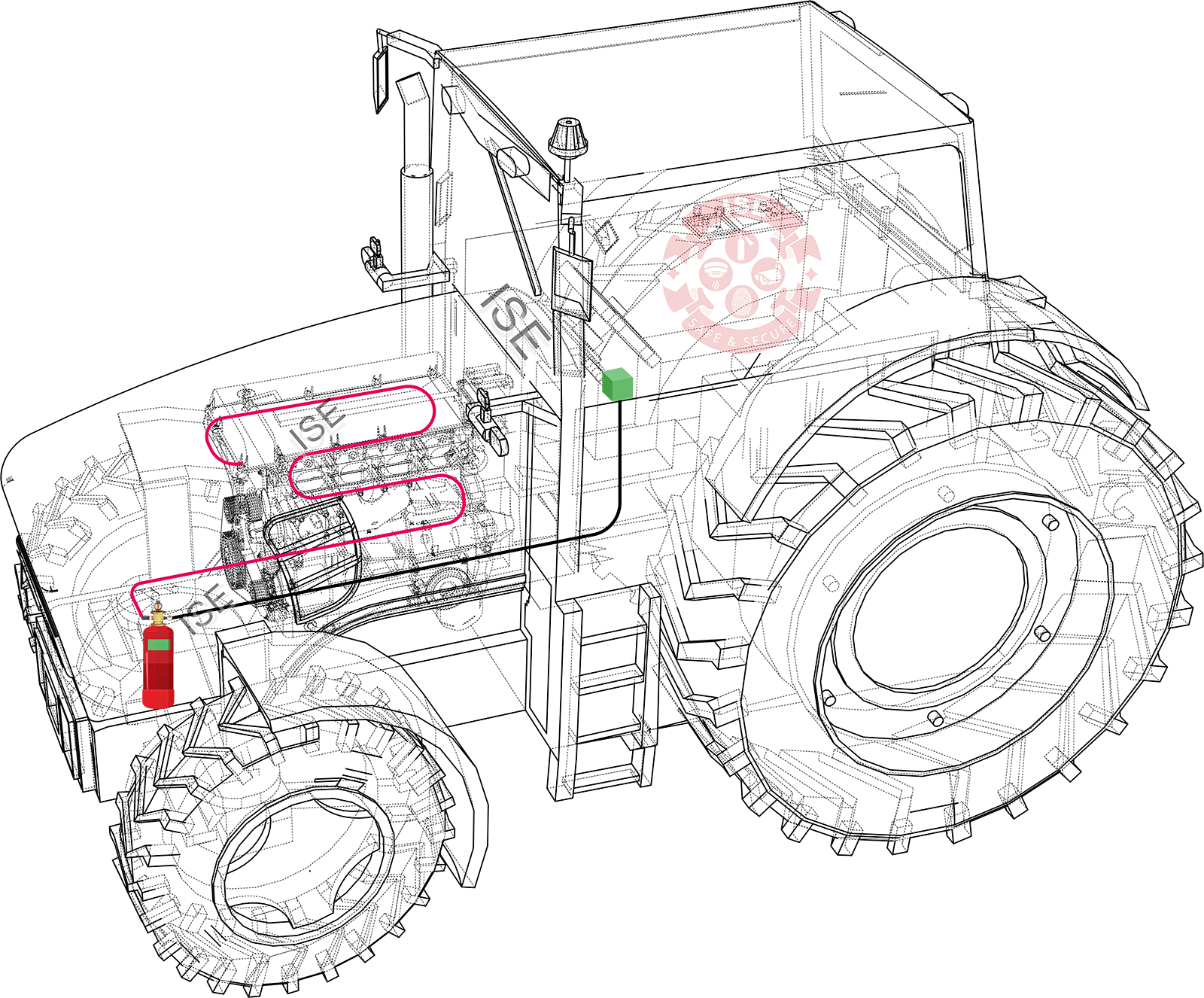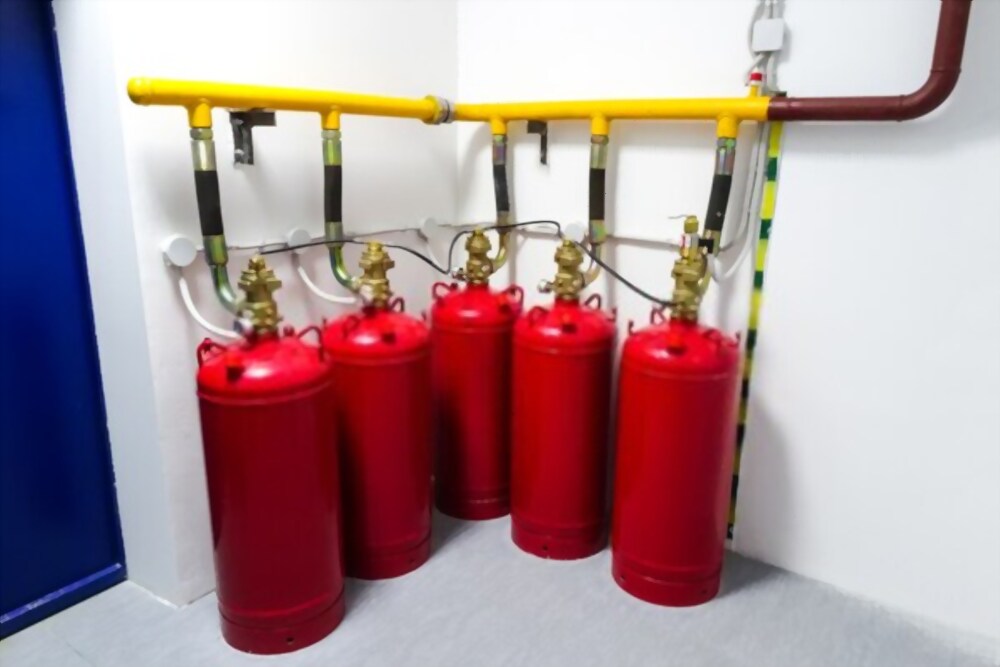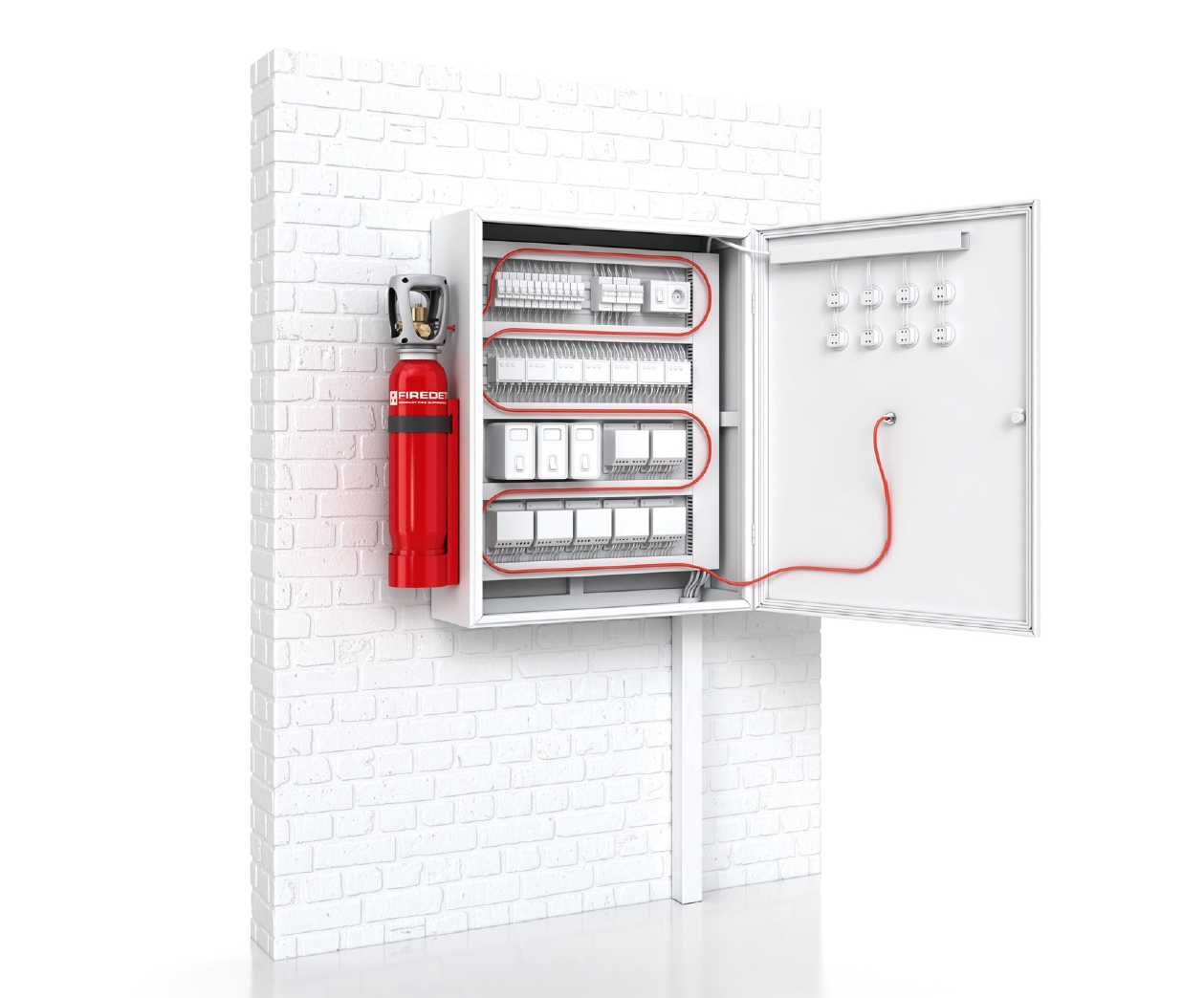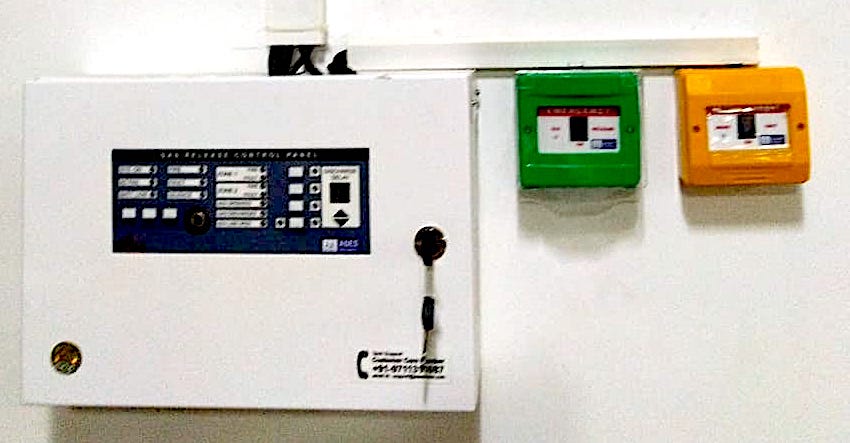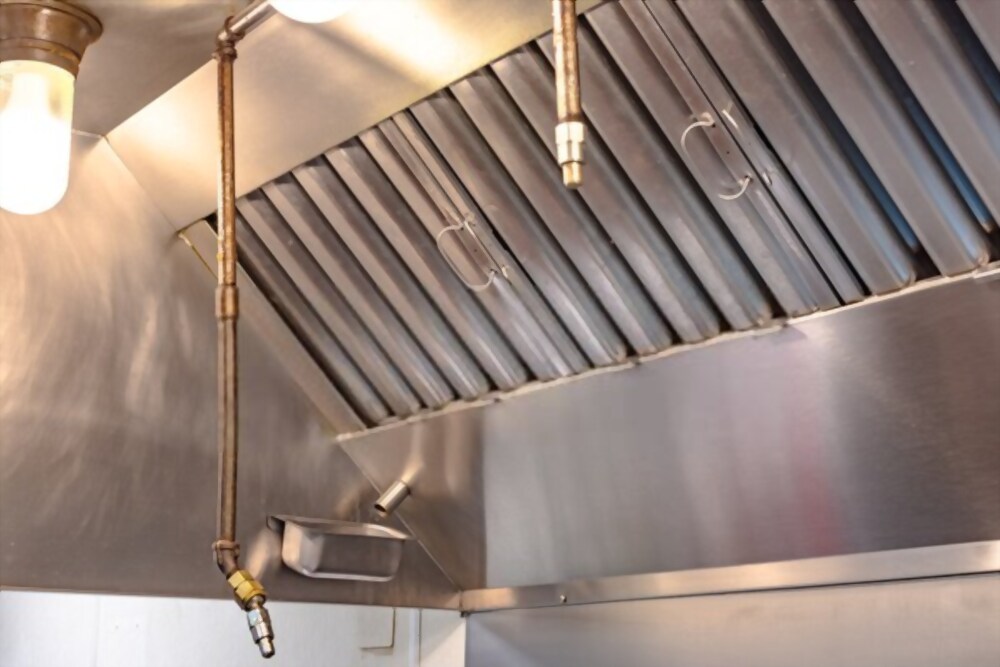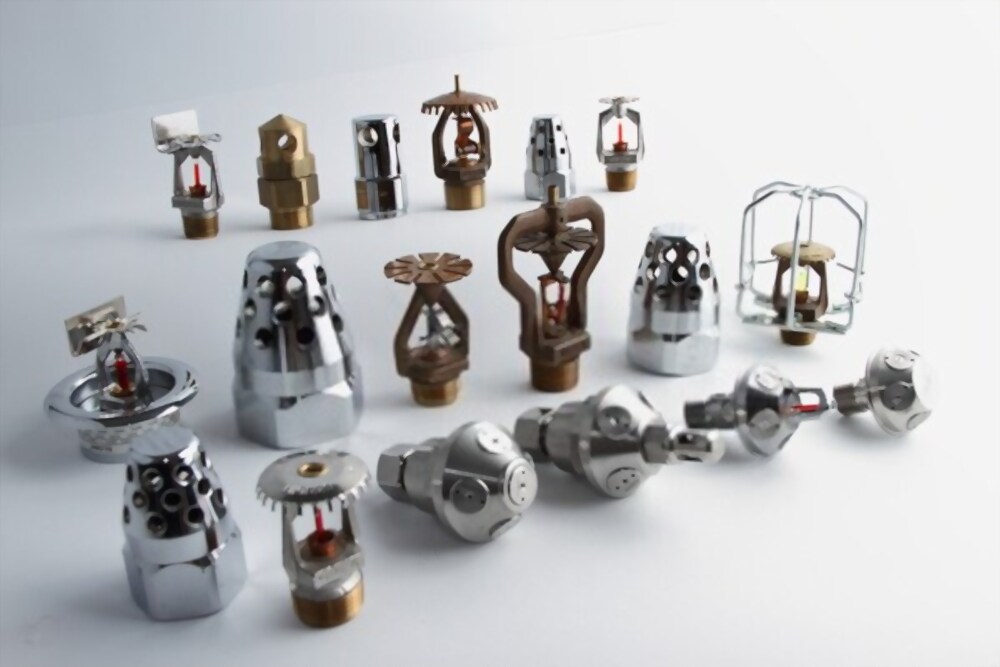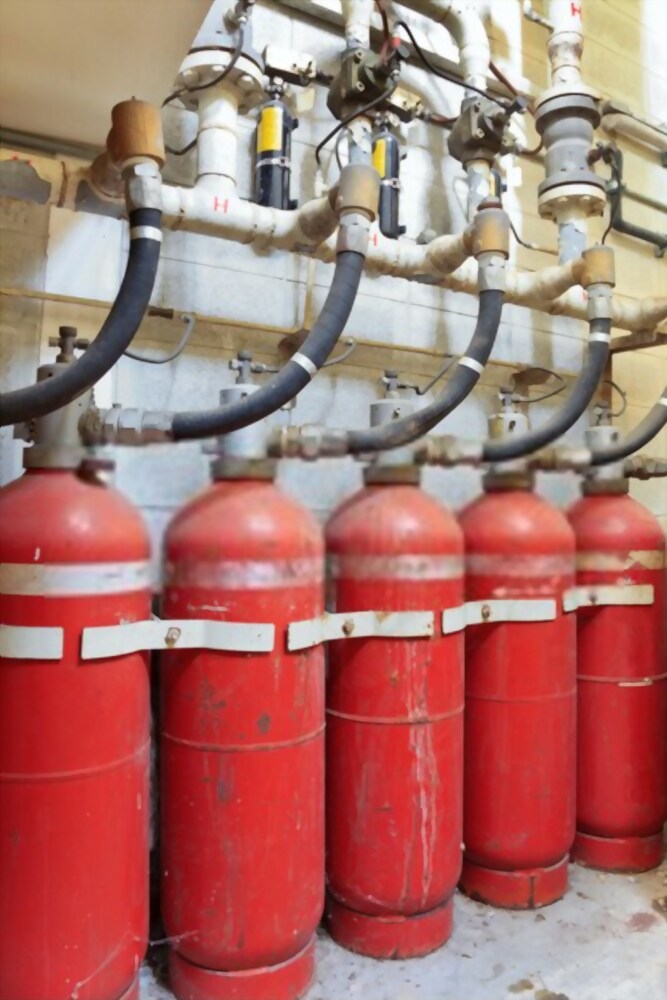Instantaneously protect your sensitive property automatically by using a fire suppression system. It provides the most effective and safest means to extinguish fire right at the moment that it happens. Suppression system comes in different types, forms and components based on the application.

Instantaneously protect your sensitive property automatically by using a fire suppression system. It provides the most effective and safest means to extinguish fire right at the moment that it happens. Suppression system comes in different types, forms and components based on the application.


